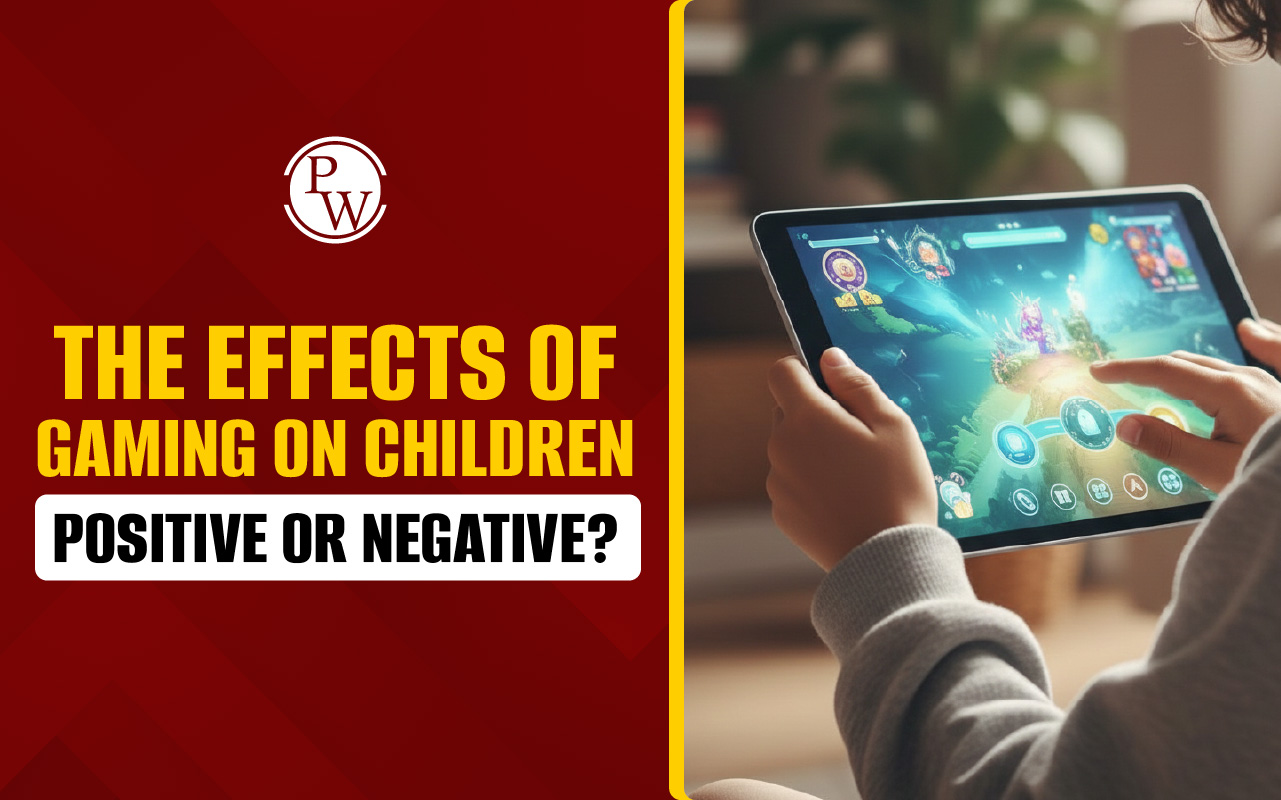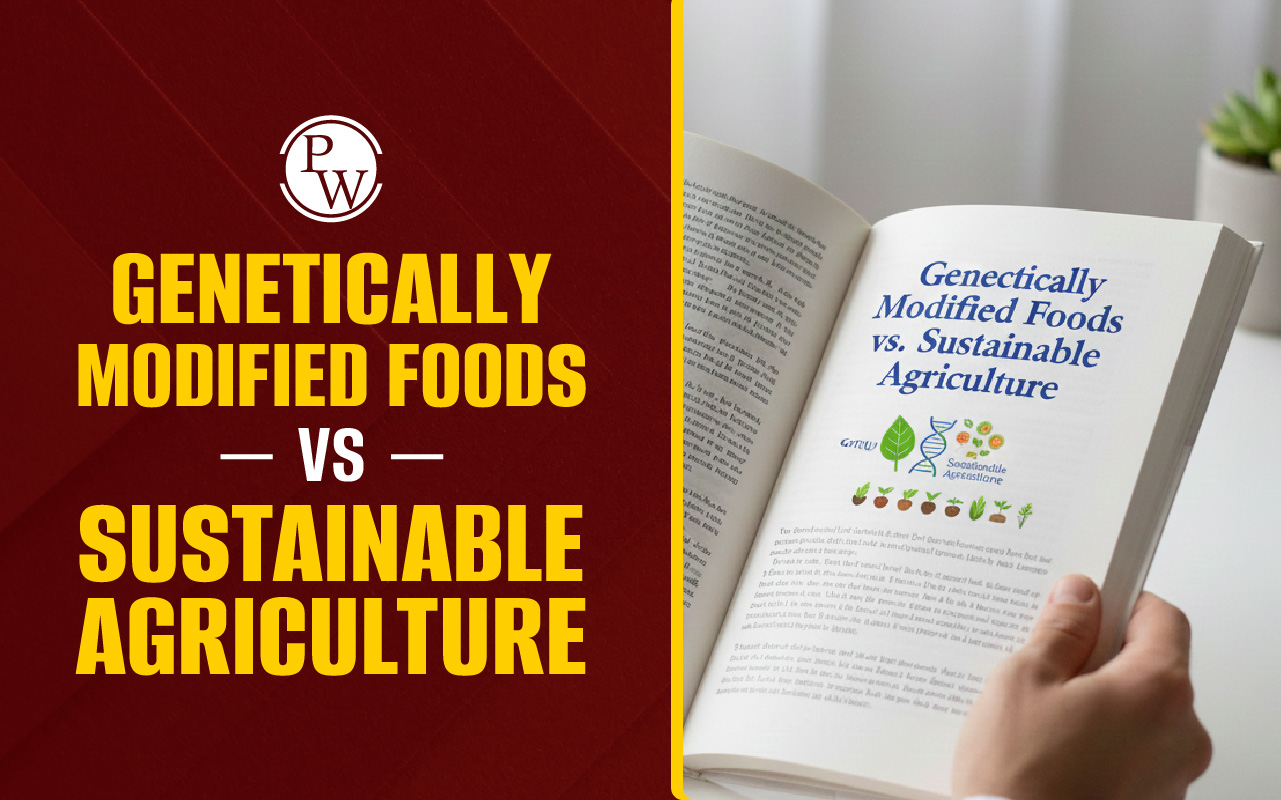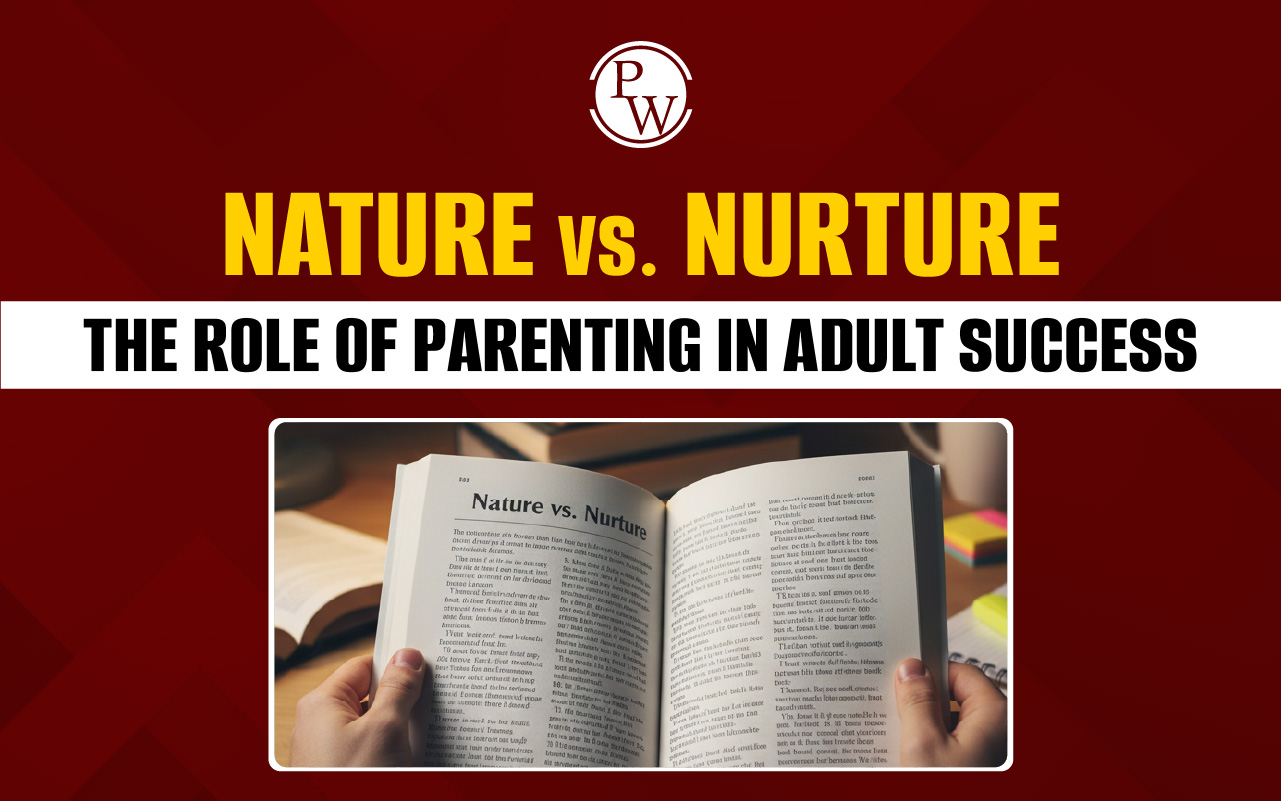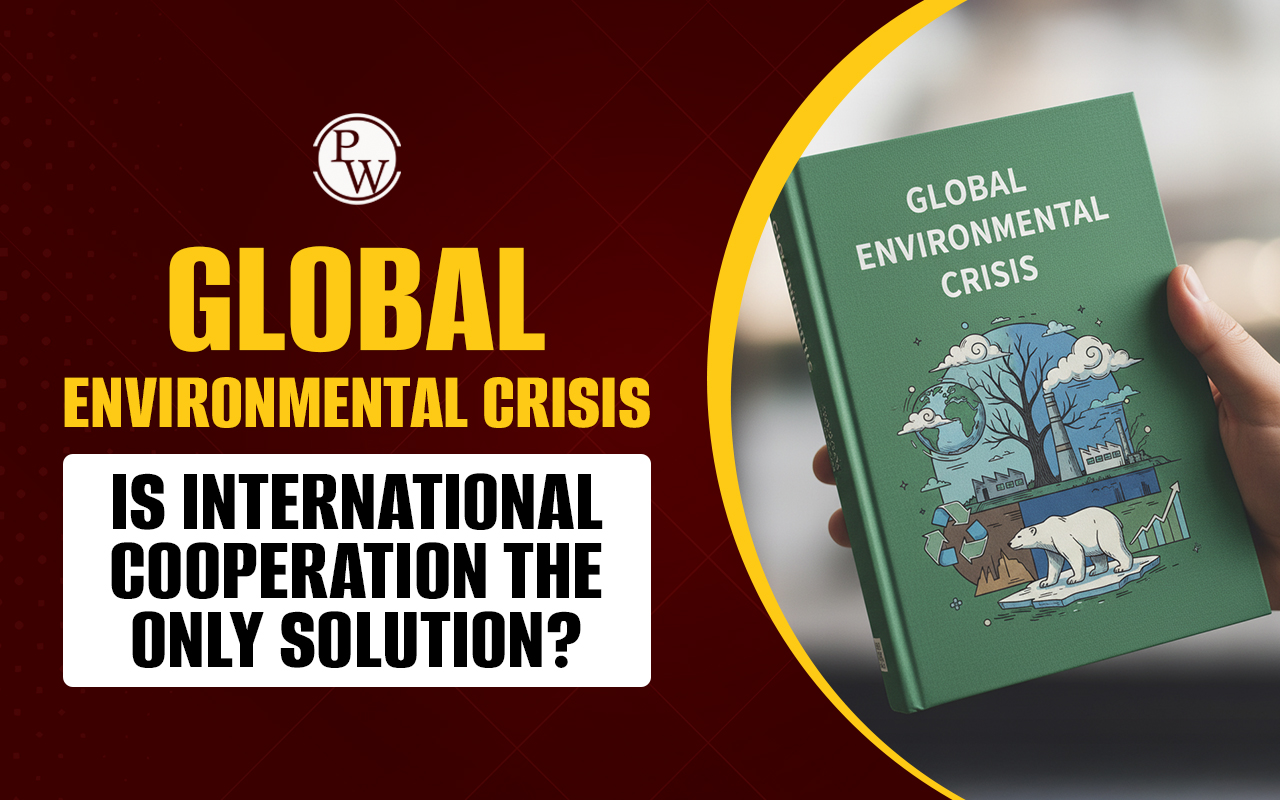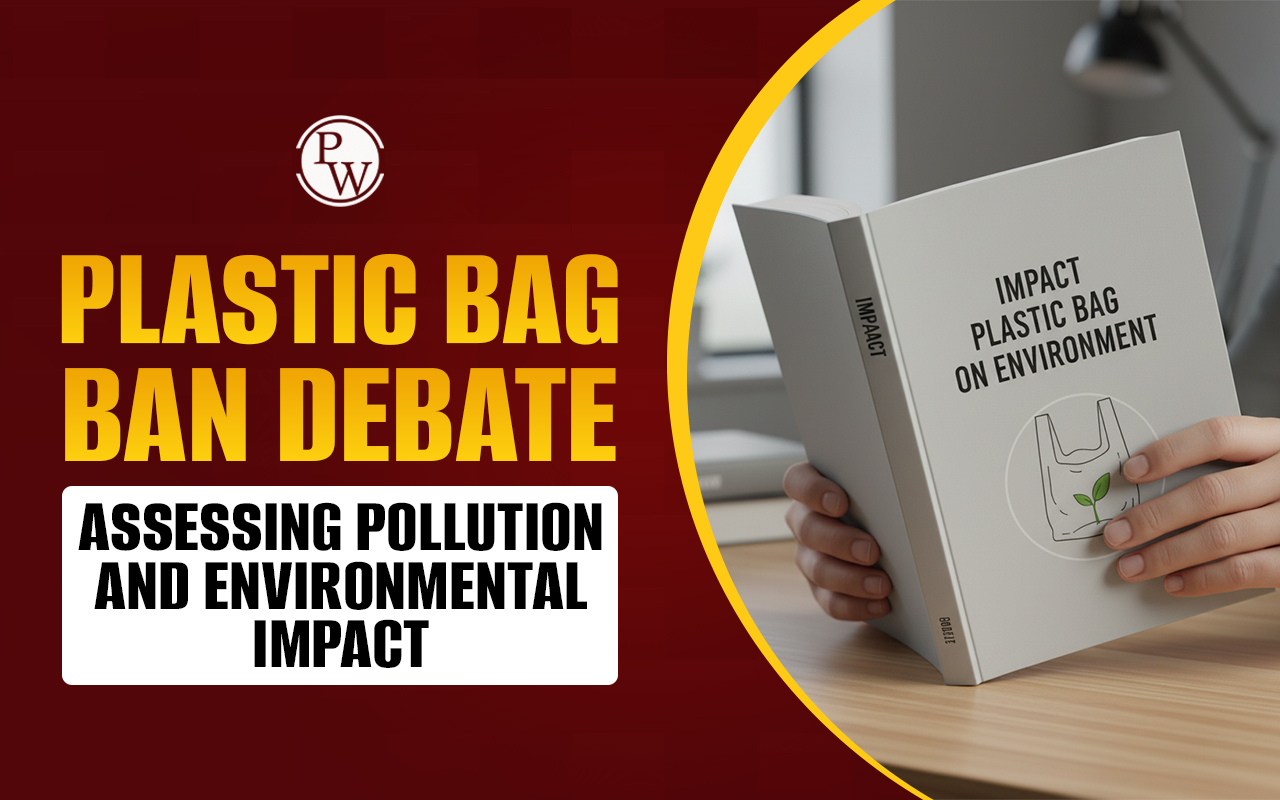
Alternative Energy Sources Reading Answer explores the growing importance of renewable energy in today’s world. This IELTS alternative energy solutions passage highlights various forms of clean energy, including solar, wind, geothermal, tidal, and biomass, and examines their potential to reduce pollution and conserve natural resources.
Learners preparing for the solar wind power IELTS reading test can benefit from understanding these technologies and their applications. The Alternative Energy Sources Reading Answer also provides insights for handling complex information in the IELTS reading passage, making it a valuable reference for those seeking alternative energy sources answers and strategies to improve their IELTS Reading Score.
IELTS Alternative Energy Sources Reading Answer With Passage
This IELTS alternative energy solutions passage explains various forms of renewable energy, including solar, wind, geothermal, and tidal power. Understanding this Alternative Energy Sources Reading Answer helps learners handle IELTS Reading multiple choice questions and improve their IELTS Reading Score while familiarizing themselves with the IELTS Reading Test Format.
Alternative Energy Sources Reading Passage
Alternative energy sources are being pursued for a variety of reasons. Many countries have signed the Kyoto Protocol, making measures to reduce pollutants and greenhouse gases a top priority in today's culture. Alternative, or renewable, energy sources hold a lot of promise for reducing the quantity of pollutants produced as a result of energy use. Alternative energy not only protects against unwanted by-products, but it also helps to maintain many of the natural resources that we now utilise as energy sources. It's crucial to know what sorts of alternative energy are available in order to comprehend how they can assist protect the planet's delicate ecological balance and conserve non-renewable energy sources like fossil fuels.
Alternative energy sources are constantly replaced, non-polluting resources. They are not caused by fossil fuel combustion or atom splitting. Utilisation of renewable energy helps supplement our energy supply. Alternative energy sources include biomass energy, geothermal energy, water-generated power, solar power, wind power, fuel cells, ocean thermal energy conversion, tidal energy, and wave energy.
Biomass is a type of renewable energy derived from organic matter. Wood, forest and mill leftovers, animal waste, cereals, agricultural crops, and aquatic plants are all examples of biomass fuels. These materials are used as fuel to heat water for steam generation or are processed into liquids and gases that can be burned to achieve the same result. By 2020, the United States could generate up to four-and-a-half times more biopower thanks to increased biomass use, cheaper production costs, and improved technology. It is predicted that biomass would grow at the fastest rate among renewable energy sources, increasing by 80 percent to 65.7 billion KW by 2020.
Geothermal energy extracts heat from the earth's interior. To deliver the hot water or steam to the surface, wells are bored into geothermal reservoirs. In geothermal facilities, the steam drives a turbine-generator, which generates energy. This heat is used to heat homes and greenhouses in some regions, as well as to supply processed heat for businesses and industries. Iceland's capital, Reykjavik, is heated by geothermal energy. The majority of geothermal resources are found in the western United States. Geothermal heat pumps heat and cool homes by tapping into shallow earth energy, and they may be used practically anyplace. Much more power could be generated from hydrothermal resources with technical advancements. Scientists have been experimenting with geothermal power plants by pumping water into the hot, dry rock 3-6 miles beneath the earth's surface.
Water-generated energy is produced by driving turbine-generators with the force of falling water. This form of energy generates more electricity than any other renewable energy source. Estimates indicate that water-generated power in the United States will decrease from 389 billion KW in 1999 to 298 billion KW in 2020. The majority of the best water-generated energy sites have already been developed, and there are concerns about the environmental impact of large-scale water-generated installations, therefore this decline is anticipated.
Solar power is produced without the use of a turbine or an electromagnet. Photovoltaic cells on special panels catch sunlight and convert it directly into electricity. A battery is used to store the electricity. Solar energy can also be utilised to heat domestic water directly (solar thermal technology). The domestic photovoltaic (PV) industry might supply up to 15% of the new peak electricity capacity required in the United States by 2020.
Electricity can be generated using wind energy. The blades of a windmill spin when wind blows past them. The shaft connected to the blades rotates, powering a pump or turning a generator to generate electricity. After that, electricity is stored in batteries. The amount of energy that can be produced is determined by the wind speed and the size of the blades. In windier areas of the country, wind energy is more efficient. The majority of wind energy is generated by wind farms, which are enormous clusters of turbines positioned in reliably windy areas. Wind as a source of energy is both free and non-polluting, with no emissions or chemical waste. Wind-generated electricity is becoming more prevalent.
Fuel cells are electrochemical devices that use a chemical reaction to generate power. Fuel cells are rechargeable, have no moving parts, are quiet, and have no moving parts. Scientists are investigating how they could be utilised as a power source for almost-emission-free autos and as electricity-generating plants. The exorbitant cost of producing fuel cells has kept this important energy source from becoming widely used.
Ocean sources; Oceans, which span more than 70% of the earth's surface, contain both thermal and mechanical energy from the sun's heat and tides and waves. Solar radiation is converted to electricity by ocean thermal energy conversion (OTEC). To create electricity, OTEC power plants employ the temperature difference between warm surface waters heated by the sun and colder waters found at ocean depths. The energy of the tides can also be used to generate electricity. The power of changing tides is harnessed via tidal energy, but considerable tidal variances are required. The tidal process makes use of the tides' natural motion to fill reservoirs, which are then progressively emptied through electricity-generating turbines. Wave energy conversion takes energy from surface waves, pressure variations beneath the water's surface, or the entire wave. The interaction of winds with the ocean surface is also used in wave energy. In the United States, this technology is still in the early stages of development.
Sample Questions on IELTS Alternative Energy Sources Reading Answer
The solar wind power IELTS reading test offers practical exercises to practice IELTS Reading Sentence Completion Questions and multiple choice questions. These sample questions focus on alternative energy sources and renewable energy in the IELTS reading passage, helping candidates strengthen their comprehension skills and master the IELTS reading structure.
| Sample Questions on IELTS Alternative Energy Sources Reading Answer | |||
| S.No | Question Type | Question | Options / Answer |
| 1 | Multiple Choice | Which of the following is NOT considered an alternative energy source? | A) Biomass B) Geothermal C) Coal D) Solar |
| 2 | True/False/Not Given | Biomass energy is expected to grow fastest among renewable energy sources by 2020. | True |
| 3 | Matching Information | Match the energy source to its example or application: i) Geothermal ii) Solar iii) Wind iv) Ocean | i) Heating Reykjavik ii) Photovoltaic cells iii) Wind farms iv) Tidal energy |
| 4 | Sentence Completion | Complete the sentence: Wind energy is more efficient in __________ and is stored in __________. | windy areas; batteries |
| 5 | Multiple Choice | What is the main limitation preventing fuel cells from widespread use? | A) Lack of raw materials B) High production cost C) Environmental concerns D) Low energy output |
| 6 | True/False/Not Given | Water-generated energy will increase in the US from 1999 to 2020 due to better technology. | False |
| 7 | Matching Headings | Match the paragraph to the correct heading: Paragraph on Ocean Energy | A) Tidal Energy B) Wave Energy C) Ocean Thermal Energy Conversion D) All of the above |
| 8 | Sentence Completion | Alternative energy sources help conserve __________ and reduce __________. | non-renewable energy sources; pollutants |
| 9 | Multiple Choice | Which renewable energy can be used for both electricity and direct heating? | A) Geothermal B) Biomass C) Solar D) Wind |
| 10 | Short Answer | Name two renewable energy sources generated from water. | Hydropower, tidal energy |
IELTS Alternative Energy Sources Reading Answer
This section provides detailed insights into IELTS Reading topics and strategies to tackle IELTS Reading Question Types. By exploring the renewable energy IELTS reading passage and solar wind power IELTS reading test, learners can effectively improve IELTS Reading score, understand alternative energy sources answers, and enhance their performance in the IELTS Reading Test Format.
| IELTS Alternative Energy Sources Reading Answer | ||
| S.No | Question Type | Answer |
| 1 | Multiple Choice | C) Coal |
| 2 | True/False/Not Given | True |
| 3 | Matching Information | i) Heating Reykjavik ii) Photovoltaic cells iii) Wind farms iv) Tidal energy |
| 4 | Sentence Completion | windy areas; batteries |
| 5 | Multiple Choice | B) High production cost |
| 6 | True/False/Not Given | False |
| 7 | Matching Headings | D) All of the above |
| 8 | Sentence Completion | non-renewable energy sources; pollutants |
| 9 | Multiple Choice | C) Solar |
| 10 | Short Answer | Hydropower, tidal energy |
Guidance to PW IELTS Prep
IELTS Online Courses is a great initiative Physics Wallah took to help IELTS aspirants better prepare for the exam. Follow our below pages to learn more about the IELTS exam.| IELTS Reading Band Score | IELTS Listening Band Score |
| IELTS Speaking Band Score | IELTS Writing Band Score |
Alternative Energy Sources Reading Answer FAQs
What are alternative energy sources?
Why are alternative energy sources important?
Which energy source is expected to grow fastest by 2020?
What limits the widespread use of fuel cells?
How is wind energy stored after generation?


